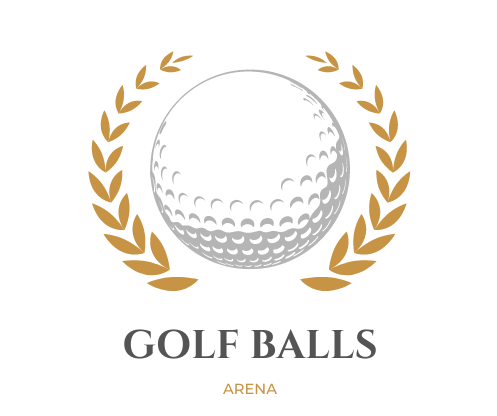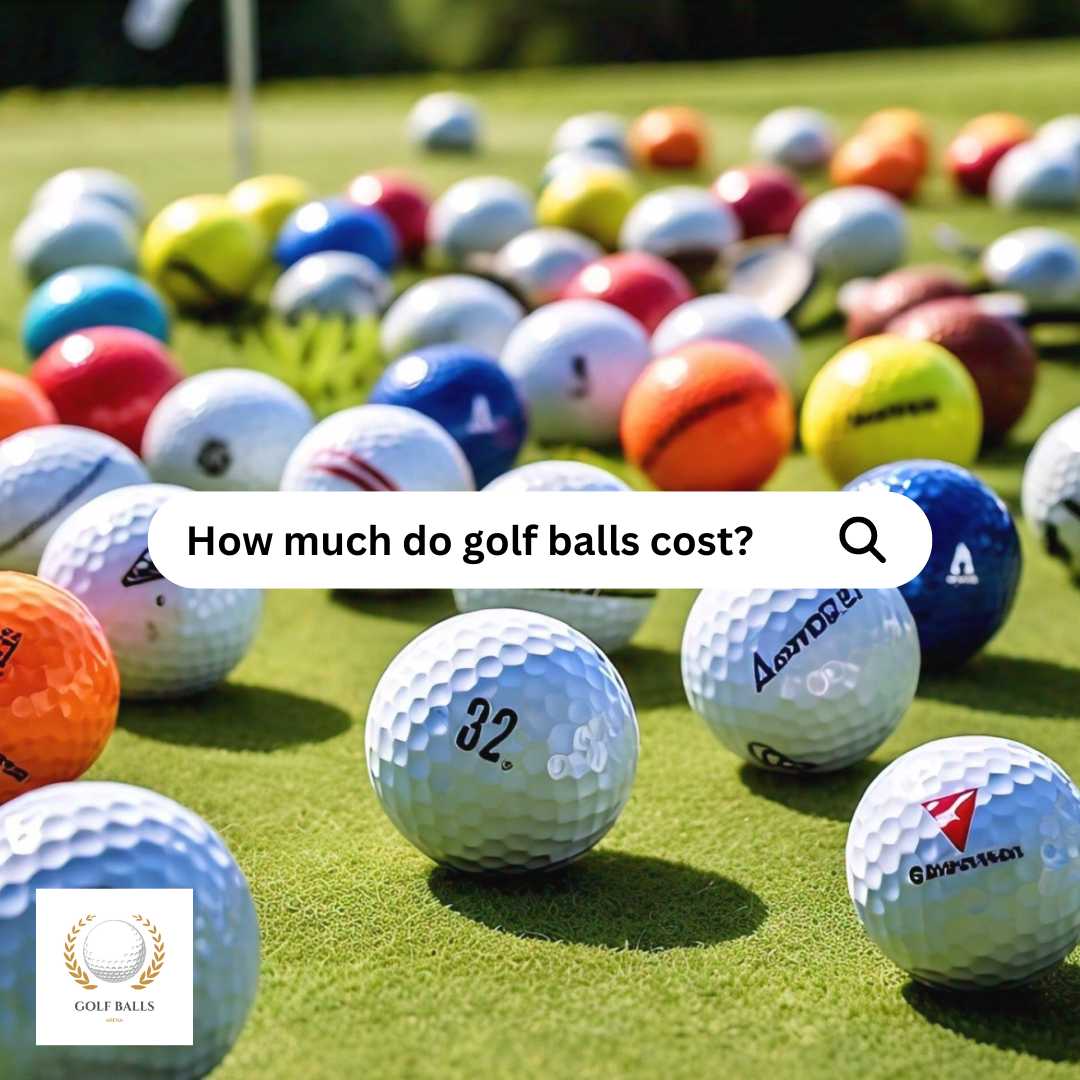How much do golf balls cost in 2024?
In the world of golf, the question of how much a golf ball costs is always on people’s minds. The answer, however, is not a one-size-fits-all. Whether you’re a beginner seeking distance, a senior aiming for more control, or a professional chasing peak performance, there’s a golf ball designed just for you. And the best part? Prices can vary widely, catering to different needs and budgets, depending on the type of ball, the market you’re in, and where you’re shopping—whether online or in-store.
After we know how much a golf ball costs, another question arises: How do we manage the cost of golf balls? To manage the price, you have to know the price ranges of golf balls, who they are for, and key features that affect the price.
Price Ranges of Golf Balls
The price of golf balls is influenced by a variety of factors, including their quality, brand, and performance attributes. Here’s a breakdown of what to expect when it comes to the cost of golf balls:
1. Premium Golf Balls
Premium golf balls are the top of the line in terms of performance and price. These balls provide exceptional range, spin control, and uniformity, helping proficient gamers fine-tune their game. Because premium golf balls are made from high-quality materials like urethane covers, these balls often feature advanced dimple designs and multi-layer construction, optimizing everything from aerodynamics to spin control.
The price range for golf balls is $40 – $60 per dozen in the U.S. and €35 – €55 in Europe.
Popular brands: Titleist Pro V1, TaylorMade TP5, Callaway Chrome Soft.
Who are they for?
Professional and advanced golfers who seek enhanced control, feel, and distance. Their advanced performance features justify A higher price tag, which allows better spin control and accuracy on different shots.
Key Features Affecting Price:
Materials:
High-grade materials used in premium golf balls, like urethane covers, a type of plastic that provides a soft feel and high spin rate, are more expensive yet offer better spin and feel. Similarly, multi-layer golf balls with a core, mantle, and cover that provide advanced performance features are more costly than more straightforward, two-piece balls due to their more complex manufacturing processes.
Technology:
Premium Golf Balls use multi-layer designs (3,4, or even 5-piece balls). This Technology can help a golfer perform different types of shorts, like long drives or short wedge shots. The engineering and research behind this Technology come with a premium cost.
Brand Reputation:
Brands famous worldwide and trusted by the pros and seniors tend to carry higher price tags because of their consistent performance.
2. Mid-Range Golf Balls
Mid-range golf balls are designed or made for intermediate or handicapper golfers who don’t want to spend much but make a balance between performance and price. Brands like Srixon Q-Star, Bridgestone e6, and TaylorMade Tour Response are popular options in this category, typically priced between $25 to $35 per dozen in the U.S. and European markets.
Who are they for?
Mid-range golf balls offer control and distance without the high price tag. They mainly target intermediate or mid-handicapper golfers who don’t want to spend much or compromise on performance.
Key Features Affecting Price:
Durability vs. Performance:
Mid-range golf balls are more durable but may have a different soft feel or spin rates than premium balls. This appeals to players who might lose balls frequently or play on varied courses.
Layer Construction:
Mid-range golf balls are constructed as two—or three-pieces, which gives a nice blend of distance and spin control without the advanced features of premium balls.
3. Budget Golf Balls
These are some of the most inexpensive and best for newbies or help-back gamers who may shed balls often. These balls concentrate on longevity and set-you-back performance instead of sophisticated efficiency functions. Brands like Wilson Staff Duo Soft, Pinnacle Rush, and Callaway Supersoft with prices commonly in this range between $10 and $25.
Who are they for?
Those players who lose balls frequently on the course are beginners or high handicappers, and seniors who prefer more affordable options also fall into this category.
Key Features Affecting Price:
Materials:
Most budget golf balls are made from ionomer or surlyn, which are more durable but less responsive around the greens than urethane-covered balls.
Simple Construction:
Most budget golf balls are 2-piece constructions designed to maximize distance with minimal spin, making them great for high-handicap players who struggle with accuracy.
Table comparing golf ball prices
| Golf Ball / Model | Price (USD) | Price (EUR) | Price Range |
| Titleist Pro V1 | $50 | €47 | Premium |
| Callaway Chrome Soft | $45 | €42 | Premium |
| TaylorMade TP5 | $48 | €45 | Premium |
| Bridgestone Tour B RX | $43 | €40 | Mid-Range |
| Srixon Z-Star XV | $40 | €38 | Mid-Range |
| Titleist Tour Soft | $35 | €33 | Mid-Range |
| Callaway Supersoft | $25 | €23 | Budget |
| Wilson Staff Duo Soft+ | $20 | €19 | Budget |
| Pinnacle Rush | $18 | €17 | Budget |
Price Comparisons: In-Store vs. Online
The price of golf balls can vary depending on where you buy them.
In-Store
They have a broad selection of golf balls in stores, but prices tend to be higher than online due to overhead costs. But during the Golf season or holiday sales, some stores offer promotions where you can find competitive prices.
Online:
Online retailers like Amazon, Golf Galaxy, and eBay often have lower prices or bulk-buy discounts. Buying in bulk, such as a case of 4 or more dozen, can reduce the cost per dozen, especially for mid-range or budget balls. Subscription services, like those offered by some golf retailers, allow players to receive a steady supply of golf balls at discounted rates.
Tip: Watch for clearance sales on last year’s models. Golf balls don’t significantly change year to year, so buying older models is a great way to save on premium brands.
Conclusion: Which Golf Ball is Right for You?
Evaluate Your Skill Level: Are you a novice, intermediate, or sophisticated gamer? Various degrees of play may take advantage of multiple sorts of balls. Beginners could choose even more budget-friendly, long-lasting balls, while sophisticated gamers may favour balls that supply far better spin and control.
Consider Your Golf Goals: Consider what you desire to enhance your game. If you want to include range, some balls are developed especially for that. If it’s control or spin on the eco-friendlies, search for balls that do ideal in those locations.
Set a Budget: Decide precisely how much you will invest in golf balls. Remember that more costly does not always mean better, mainly if the ball’s functions help enhance your particular style of play.
One of the most exciting aspects of golf is the opportunity to experiment and learn. Whenever possible, try out different types of balls. See how they feel during play and how they affect your game. This hands-on approach can be a valuable way to discover the perfect ball for your unique needs, encouraging you to explore and learn more about your game.
Hi, I'm Austin Grey. I've been passionate about golf since 2005, and over the years, I've immersed myself in every aspect of the game. With nearly two decades of experience, I've developed a deep expertise in one particular area: golf balls. I created this blog to share everything I've learned about golf balls with fellow enthusiasts like you. Here, you'll find detailed reviews, insightful tips, and comprehensive guides to help you choose the perfect ball for your game. Whether you're just starting out or have been playing for years, I'm here to help you enhance your golf experience, one ball at a time.

